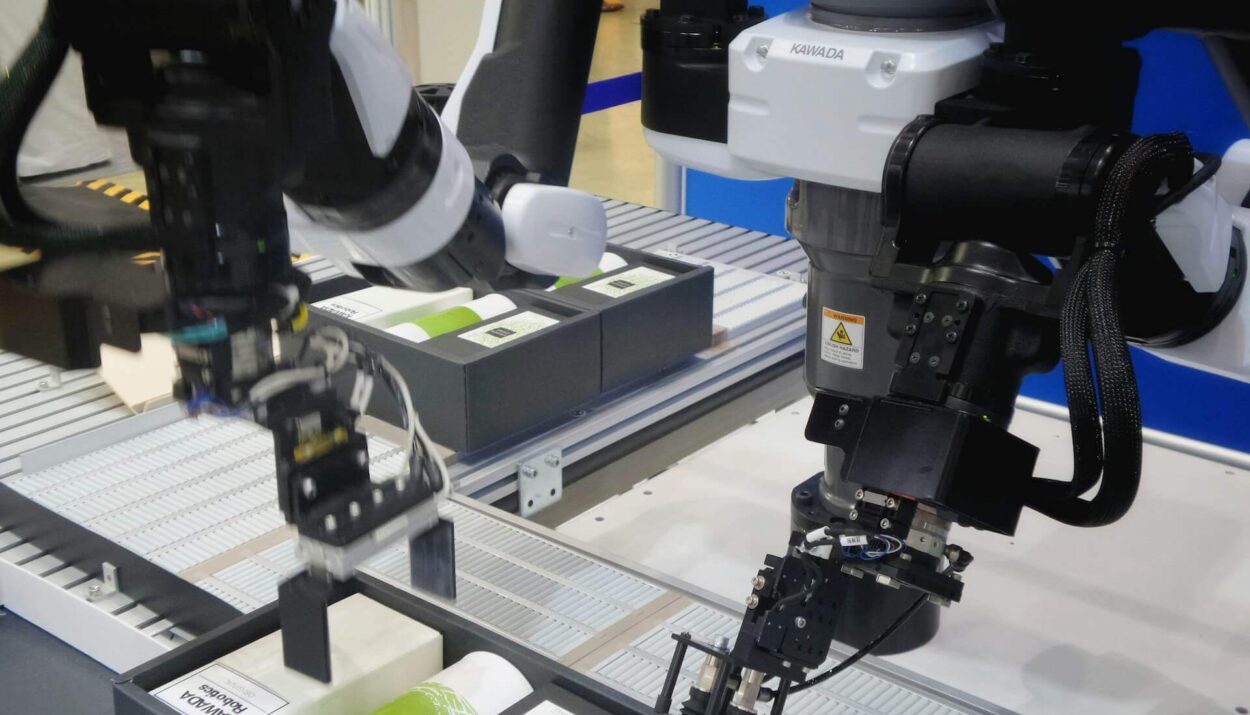Welcome to the age of artificial intelligence (AI) and voice-first technology, where the phrase “Hey Alexa,” or “OK Google,” is becoming as common as “hello.” The integration of AI with voice assistants is revolutionizing the way we interact with digital technology, promising a future that’s not just convenient, but also more inclusive and accessible.
In this comprehensive deep-dive into voice assistants and their AI underpinnings, we will explore how these technologies are rapidly evolving, their impacts on various aspects of our lives, and the potential challenges and opportunities they bring.
Voice assistants are rapidly transforming the way users interact with technology, making it more intuitive and accessible. As artificial intelligence continues to advance, these platforms can now provide tailored experiences based on individual user needs and preferences.
For instance, professionals seeking to enhance their skills may benefit from platforms that integrate AI-driven recommendations, such as Dexterity Professional Development, which offers specialized massage courses designed to elevate practitioner expertise.
This seamless blend of voice technology and professional training not only improves user interaction but also prepares the workforce for a future where adaptability and continuous learning are essential.
The Advent of Voice AI
The inception of voice assistants like Siri, Google Assistant, and Alexa marked a significant shift in how we engage with technology. Gone are the days when to search the web or set an alarm, you’d have to manually input text or touch a screen. Now, a simple vocal command carries out multiple instructions seamlessly.
Natural Language Processing (NLP)
Behind the curtain of these conversational wonders is the field of NLP, which teaches machines to understand and generate human language. NLP’s growth has been nothing short of explosive, with advancements such as bidirectional transformers (BERT) and OpenAI’s GPT-3 pushing the boundaries of what’s possible in language processing.
Speech Recognition Technology
Siri, Google Assistant, and their peers employ complex speech recognition algorithms to transform spoken words into text. They’ve become incredibly adept, with error rates plummeting and the technology even accommodating accents and various speaking styles.
AI Voice Tech in Everyday Life
The onboard AI of voice assistants is not just a novelty; it’s becoming an indispensable part of modern living. Whether it’s smart homes, virtual medical assistants, or hands-free shopping, AI’s voice applications are extending to every nook and cranny of daily routines.
Smart Home Integration
Voice AI is at the heart of turning homes ‘smart.’ Users can now control lights, thermostats, and kitchen appliances with a voice command, blurring the division between the physical and digital realms within the home.
Beyond Entertainment
Entertainment is not immune to the specter of AI. Platforms like Netflix and Spotify leverage voice interfaces to enhance user experience, offering personalized recommendations and convenient playbacks with just a few words.
The Evolving Business Landscape
Businesses are waking up to the potential of voice AI for customer interaction. Call centers are being transformed by AI-powered voice bots that can handle more inquiries than any human staff can, and e-commerce is seeing the rise of voice shopping, which is forecasted to grow significantly over the next few years.
Customer Service
AI voice assistants are not just for consumers. They’re also for businesses, automating everything from customer support to sales calls, streamlining processes, and providing a more consistent customer experience.
The Retail Revolution
Voice shopping is at the forefront of the retail revolution, capitalizing on the ease and speed of voice commands to make purchases. Retail giants are investing heavily in this space, and smaller businesses are following suit, integrating voice technology to remain competitive.
Accessibility and Inclusiveness
Voice AI is a game-changer in promoting accessibility. For people with disabilities that limit the use of conventional digital interfaces, voice assistants provide independence and access to digital tools that were once out of reach.
A Step Towards Inclusion
Voice assistants have the power to democratize digital access, providing a hands-free user interface that’s particularly beneficial for people with mobility restrictions or visual impairments.
Overcoming Language Barriers
Once the stuff of science fiction, real-time language translation through voice assistants is now a reality, fostering communication and understanding across linguistic divides.
The Ethical and Privacy Dilemma
While the benefits are numerous, the rise of voice AI brings a host of ethical and privacy concerns. Issues such as data security, consent for voice data usage, and the potential for misuse are at the forefront of discussions around AI development and implementation.
Data Security and Privacy
The always-on nature of voice assistants raises concerns about what happens to the data they collect. Ensuring privacy and security is a crucial but delicate balance that companies must manage.
Misuse and Impersonation
AI voice synthesis technologies can create eerily convincing fake voices. This has significant implications for fraud and misinformation, highlighting the need for safeguards against misuse.
The Future Is Multimodal
Voice AI is not just about the spoken word. The future of AI interaction is multimodal, incorporating a combination of voice, text, touch, and even gestures to create a seamless user experience.
Integration with Existing Interfaces
Companies are actively working on integrating voice AI with traditional interfaces to create more natural and intuitive experiences, driving innovation across various sectors.
Combating User Fatigue
While voice AI has seen rapid adoption, it’s not without its challenges. One such issue is “voice fatigue,” where users might prefer more traditional input methods. The industry is innovating to offer a variety of interfaces, ensuring that voice is a complement rather than a replacement.
Building the Voice-first World
The potential of voice AI is immense, but realizing this potential requires collective action. Developers, businesses, and users must work hand-in-hand to build a voice-first world that’s secure, inclusive, and beneficial for all.
Empowering Creators and Developers
Supporting an ecosystem of developers and content creators is crucial for the continued growth of voice AI. Training in voice design and providing tools for content creation can help onboard a new generation of voice app builders.
User Education and Participation
Users need to be informed about the capabilities and limitations of voice AI and voice data management. Educating users empowers them to make informed choices about their interaction with voice technology.
Conclusion
Voice AI and its integration with various sectors are reshaping the fabric of our society. From simplifying daily tasks to enhancing accessibility, the potential for voice AI seems boundless. But as with any powerful technology, it comes with its share of challenges that we must address with care and foresight.
Despite the obstacles, the trajectory of voice AI technology is one of unprecedented growth and ingenuity. Whether it’s in the form of a personal assistant, a home automation hub, or a customer service bot, voice AI is here to stay and will only become more integral to our lives as we move forward.





